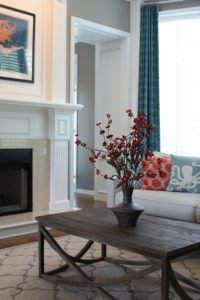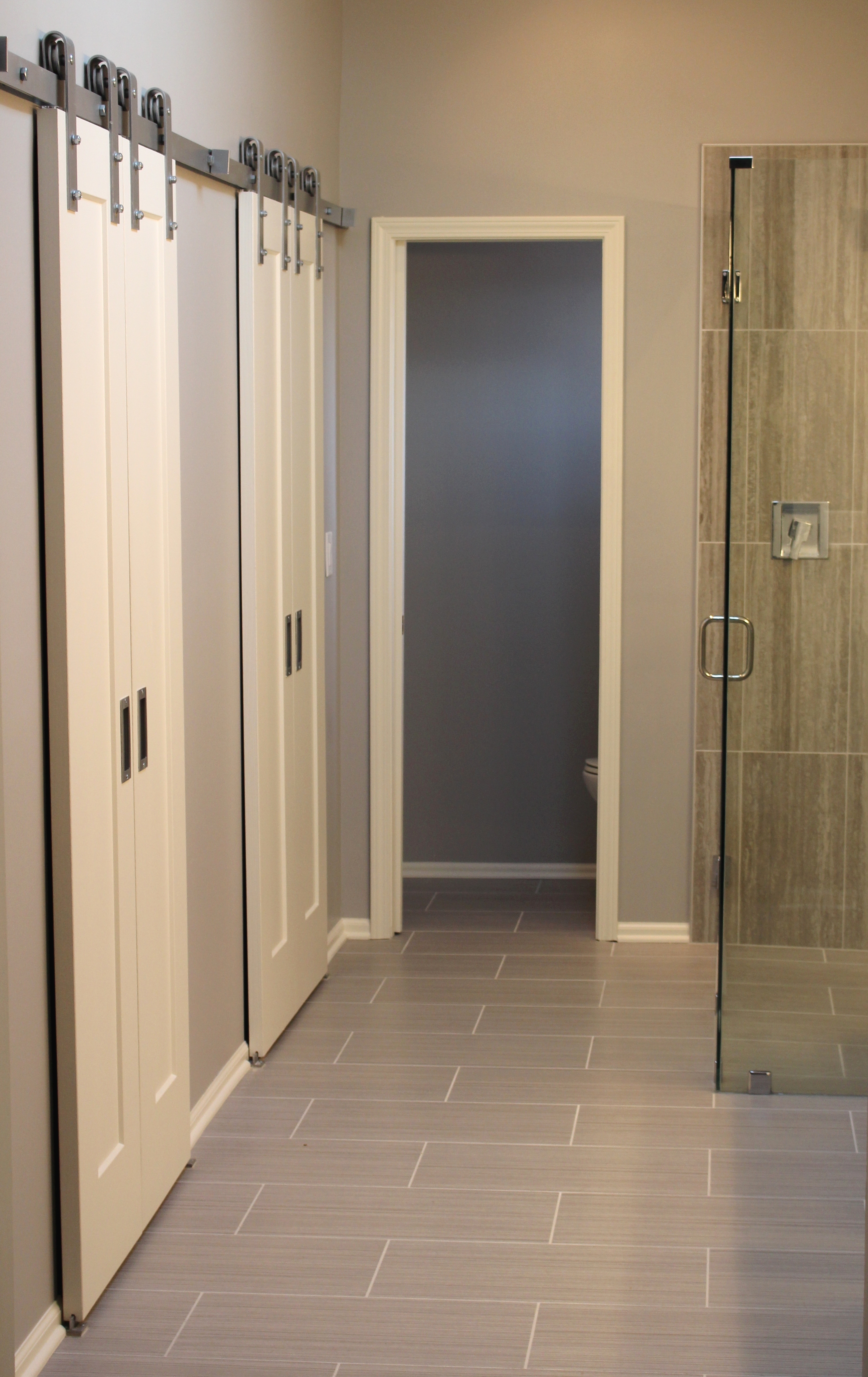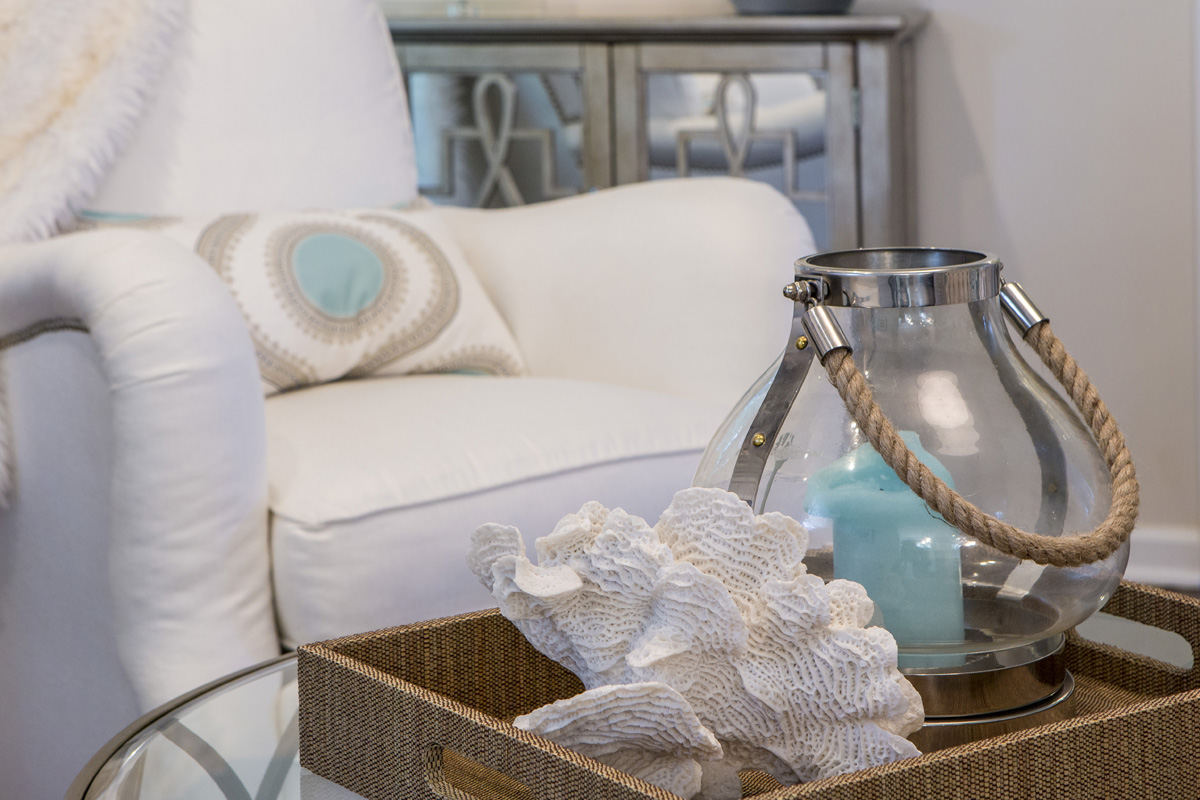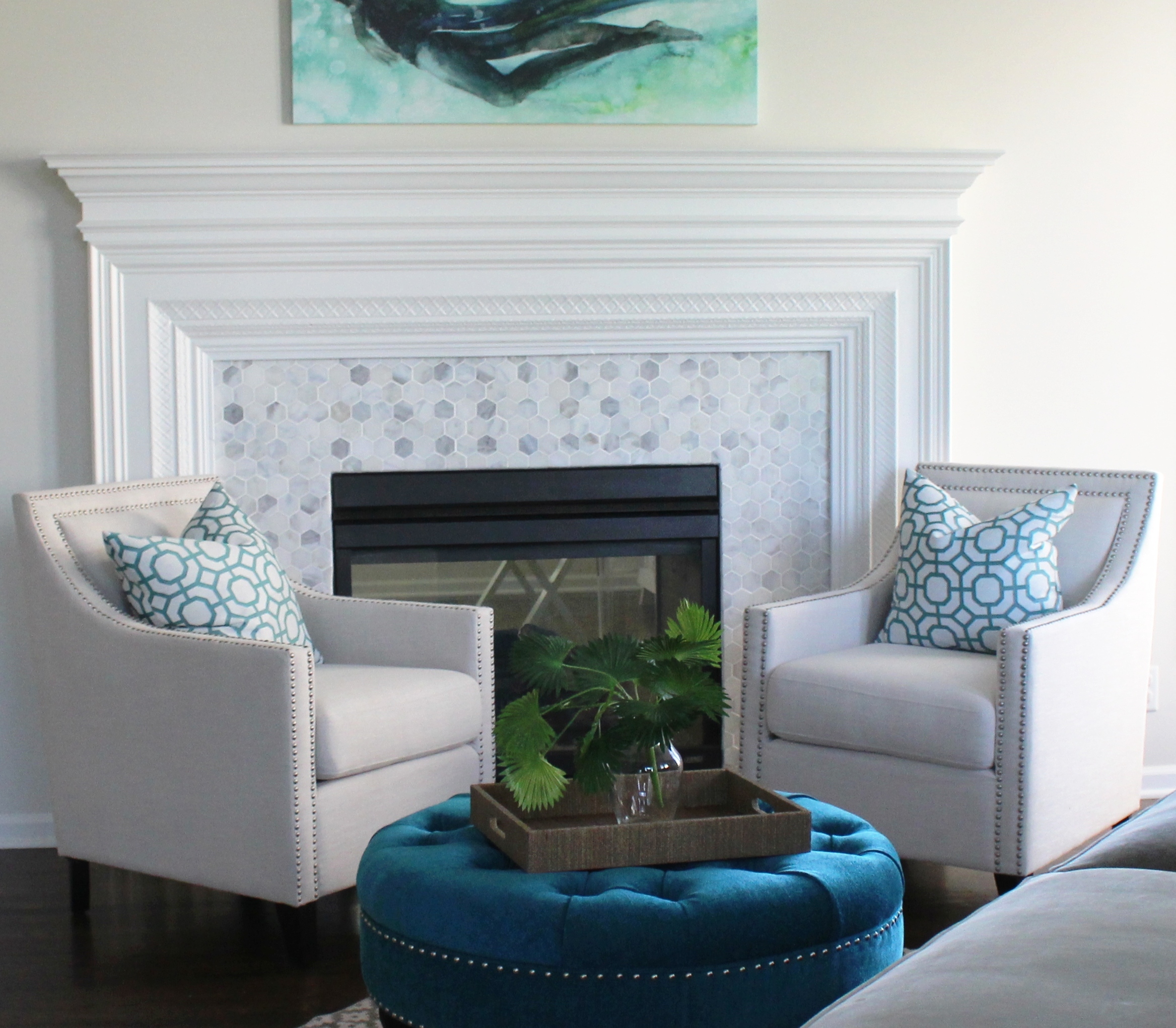 Interior Design/Interior Decorating
Interior Design/Interior Decorating
Interior Design: 3 Tips for Warming up Modern Living…

As I’ve matured as an interior designer I’ve come to love clean simple design that stands on it’s own. Of course it’s much more difficult to attain a modern look because each piece of the design has an important role and you don’t want the room to become sterile. So if you’re looking for more simplicity in your life without sacrificing warmth, here are 3 tips for creating an inviting contemporary look.
- Add texture to your room. In this living space shown above a textural rug was layered underneath to ground the seating area along with a throw, books, and plant. Textural fireplace tile, art, and wood logs also add more interest to the room.
In this modern contemporary living room below texture is introduced through the fabrics on the upholstery and pillows along with the sisal and fur rugs underneath. Wood furniture also plays a key role in adding warmth.


2. Introduce live elements like the branch cutting shown in this living room create a more inviting feel. Other live elements you can introduce include fruit, flowers, and plants. Pops of color also help warm up this living room along with a book, art, and color.

3. Use Color to warm up a room especially if its a orange sofa like the space above. The tree in the corner, wooden spools, and pillow also add warmth to the room.

In this modern living room above the leather chair, pillows and sofa all add texture and warmth along with the rug and wood topped coffee table.
For more great tips and photos sign up for our interior design blog here
plus become a fan of Kansas City’s interior designer and former host of the Living Large design show on Facebook here!



































